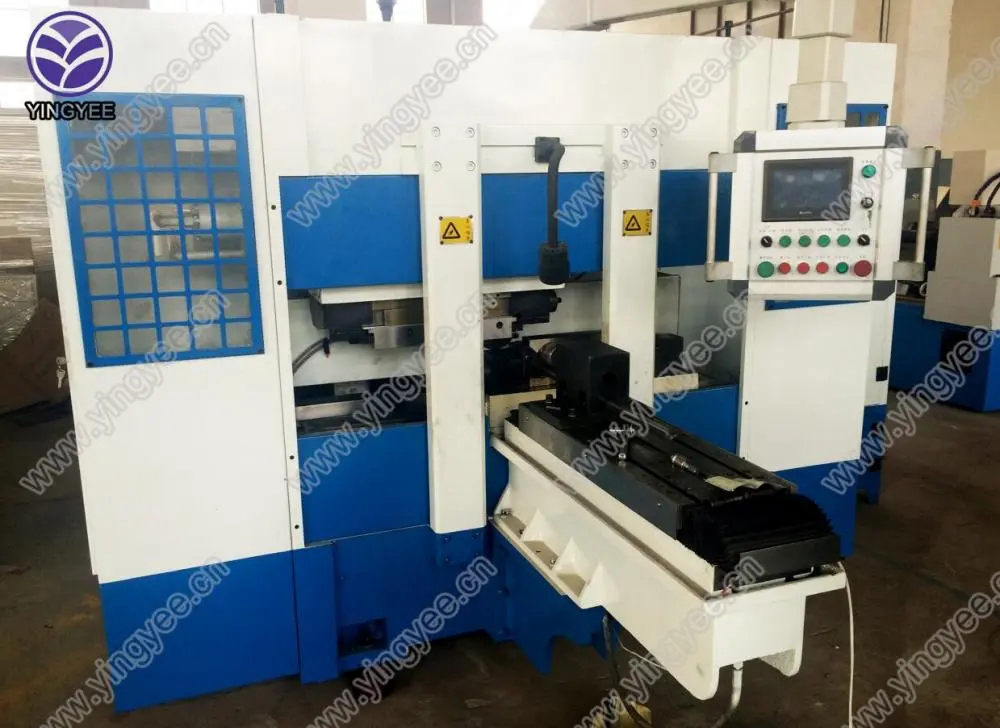
Understanding PPGI Metal A Versatile Solution for Modern Construction
Pre-Painted Galvanized Iron (PPGI) metal has become a popular choice for various applications in the construction industry. This innovative material combines the durability of galvanized steel with a decorative finish, making it an ideal option for both residential and commercial projects. In this article, we will explore the composition, benefits, applications, and future prospects of PPGI metal, highlighting why it is a preferred choice for architects and builders alike.
What is PPGI Metal?
PPGI metal consists of a base layer of galvanized steel, which is then coated with a polymer or paint layer. The process involves applying a specific coating to one or both sides of the steel sheet, resulting in a substrate that is resistant to corrosion and wear. The galvanization process involves coating the steel in a layer of zinc, which protects it from environmental factors that can lead to rust and deterioration.
Advantages of PPGI Metal
1. Durability One of the standout features of PPGI metal is its exceptional durability. The zinc coating protects the steel from moisture, oxidation, and corrosive agents, extending its lifespan significantly compared to untreated steel.
2. Aesthetic Appeal With a wide array of colors and finishes available, PPGI metal offers architects and designers the flexibility to achieve their desired aesthetic. Whether it's for roofing, wall cladding, or decorative features, the finish can be customized to suit various architectural styles.
3. Lightweight and Easy to Work With Compared to traditional materials, PPGI is relatively lightweight, making it easier to handle and install. This characteristic can reduce transportation costs and labor time during construction, ultimately contributing to overall project efficiency.

4. Sustainability The production of PPGI metal is less harmful to the environment compared to other construction materials. The use of recycled steel in the manufacturing process aligns with sustainable practices, and the longevity of PPGI helps minimize the need for replacements, further reducing its ecological footprint.
5. Cost-Effective While the initial investment in PPGI metal may be higher than some alternatives, its durability and low maintenance requirements lead to cost savings over time. Reduced replacement and repair costs make it an economically viable solution in the long run.
Applications of PPGI Metal
PPGI metal is used in a variety of applications across different sectors
- Residential Buildings Homeowners are increasingly choosing PPGI for roofing and siding due to its aesthetic qualities and protective features. - Commercial Structures Businesses benefit from the robust and visually appealing properties of PPGI metal, making it ideal for shopfronts and office building facades. - Industrial Applications Its resistance to harsh environments makes PPGI a popular choice for warehouses and manufacturing facilities. - Agricultural Buildings Farmers utilize PPGI for barns, silos, and greenhouses, leveraging its durability against the outdoors.
The Future of PPGI Metal
As the construction industry trends toward sustainable and environmentally friendly practices, the demand for materials like PPGI metal is expected to rise. Innovations in coatings and manufacturing processes are likely to enhance the material’s properties and applications, making it increasingly versatile for builders and developers.
In conclusion, PPGI metal stands as a testament to modern engineering, offering a blend of beauty, resilience, and practicality. As more construction projects aim to balance aesthetic appeal with functional performance, PPGI will continue to play a significant role in shaping the architectural landscape of the future. Whether for a residential home or an industrial complex, PPGI metal is undoubtedly a material that meets the demands of contemporary construction.